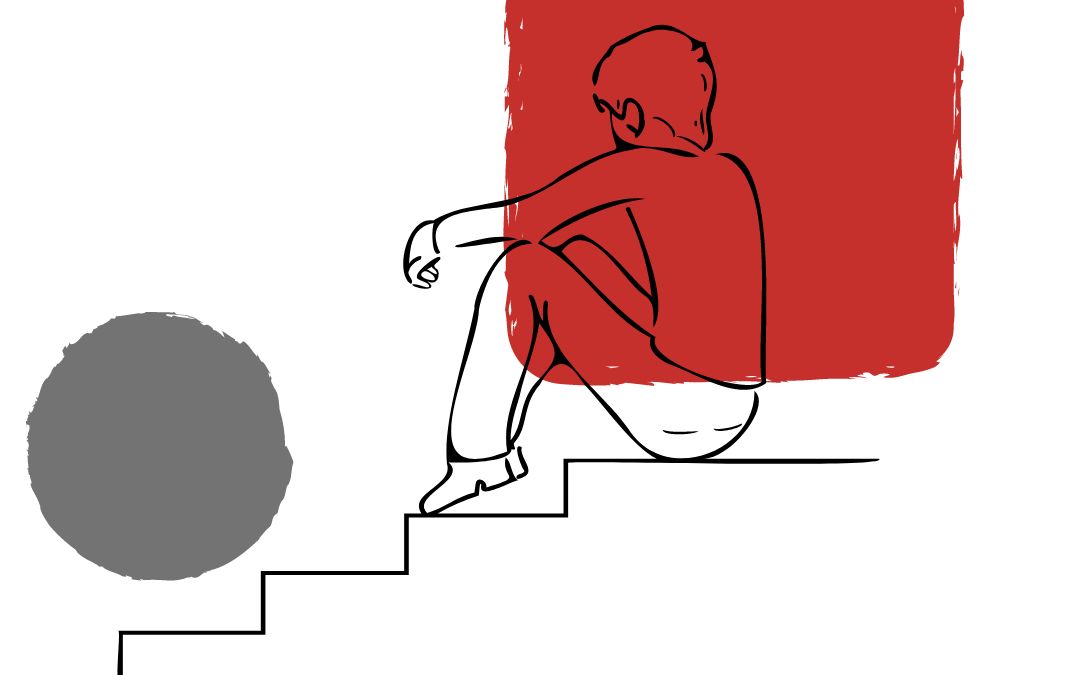Parent Rant
Dear Well-Meaning Administrator Trashing Time Out for Kids,
I dutifully attended your very long Public School Zero parent meeting. Yes, I heard your “expert” speaker explain why giving kids Time Outs is damaging, shaming, and antithetical to the new paradigm of Gentle Parenting. I agree that using Time Out as a punishment is a mistake. Sure, I understand it is bad to make kids feel isolated. Of course, it is important to look for the deeper reasons behind so-called bad behavior instead of focusing on the symptoms. Check, check and check.
Here is what the “expert” speaker, a man who does not have children of his own and appears to have been raised by a string of nannies, does not understand about Time Out done right.
Gentle Time Out
When you have a number of children in your care you have to think about the entire group. That group includes yourself, the caregiver. When one child turns the mood of the group negative, everyone in the family or gathering shares the vibe.
It is a biological fact that primates share moods. You can read about the science of mirroring emotions here.
Things can get bad fast. The feelings of one child spread like Covid on a cruise ship. Even the captain, you the adult, can get infected, and then you are all headed for the iceberg. Gentle Time Out helps stop the spread and flatten the curve of an emotional shipwreck.
Gentle Time Out is not shaming, it is not a punishment, it is not done harshly, and it is not enforced tyrannically. No child ever pees their pants in Gentle Time Out. No child is yelled at or belittled in a Gentle Time Out. Gentle Time Out follows the directives of the American Academy of Pediatrics for compassionate discipline outlined here.
When Gentle Time Out is Used Correctly it Does Three Things:
- Gentle Time Out pauses or stops emotional acceleration between an unhappy or angry child and the people around them. The child standing on a table with the last green M&M poised over his tongue whips everyone into a feeding frenzy. After a few quiet moments of Time Out, the firestorm of emotions around the last green M&M fades and it becomes possible to equitably divide that green M&M into five teeny tiny delicious pieces. Sweet reward to de-escalation.
- Gentle Time Out done right helps the child who is having a hard time from further alienating his friends, siblings, and teachers. Without a Gentle Time Out, that green M&M might be crushed under the rollie sneaker of an angry child who will end up a pariah. Once the M&M bandit turns it into a candy brawl the next trip could be to the ER, not the Gentle Time Out Corner. Often the Time Out is protecting the unhappy child from making their situation worse.
- Most importantly, the Gentle Time Out prevents the “hangry” parent from losing their own temper. It is very hard to deal with an angry, defiant child. The cranky caretaker can very quickly become more of a problem than the unhappy kid. Once a child has pushed you to the brink of devouring everyone’s M&Ms, you the parent become a danger. With small children in your care, you cannot give yourself a Time Out (as is sometimes foolishly suggested). You are always on duty. The best way to protect you and your child from your own emotional dysregulation is to briefly separate from the provoking child by putting them in a quick, friendly, safe Gentle Time Out.
The expert who sees each child as a single research subject in a lab does not understand that children are part of collective systems. Societal factors are responsible for most child misbehavior.” In fact, society decides what is “misbehavior!”
Behavior and Environment
The underlying causes of a child’s behavior are deeply rooted in their environment. That is especially true in situations where kids are suffering the trauma of hunger, violence, sexual abuse, homelessness, toxic exposures, unsafe neighborhoods, drug-addicted parents or world-historical upheavals.
But environment is also a factor in the case of the defiant child who is not neurotypical and is expected to perform in a setting designed for neurotypical kids.
The environment is a factor in the case of a child with an unstable caregiver or the racist caregiver.
The environment is a factor in the behavior of the child who is suffering from the casual brutality of other children, the Forced March of Gender and the tyranny of unnatural light and glowing devices that destroy sleep and well-being.
The environment is a factor in the behavior of the active kid who is forced to sit still in a horrible fluorescent-lit room when they would thrive running in the woods under a luminous sky.
The environment is a factor in the case of the Extremely Funny Sarcastic Defiant Child (EFSDC formerly known as a Class Clown) who must endure the unendurably boring and stupid wasteland of so many contemporary childhood settings.
The environment is a factor for the child who is being controlled by the sugar industry which trains us to manipulate children’s emotions with the “downer” impact of addictive refined sweeteners and puts them on a roller coaster of insulin spikes and inflammation.
One thing that is not a cause is Oppositional Defiant Disorder. ODD is a symptom of all of the above maladaptive environments. ODD can be just another name for an impact of child abuse, or it can be an intrinsic manifestation of trauma in the form of brain injury and epigenetic damage. As a genetic phenomenon, ODD is a human behavior we have not effectively addressed in our manmade environment.
You Are Your Child’s Environment
When you respond to the upsetting child, with or without ODD, you are the most important part of their environment. Your feelings are their primary emotional context. If you as a caregiver are isolated from other adults, as most caregivers are in modern western culture, you become stressed. If you are overwhelmed by responsibilities, your own behavior can become toxic to the children in your care.
And yet the feelings of the caretaker were never considered by our “expert.” That’s because most of the caretakers of young children are women and a large percentage are people of color. Caretakers are not respected by researchers or “experts” because they are second-class citizens.
Before you take away our Time Outs, I suggest you take four tired, hungry kids with lice and poison ivy to the grocery store right before dinner and then try to make four dinners for said children each without the different ingredients they are deathly allergic to. I’ll meet you with a bag of M&Ms in the Cozy Corner to cry.
Sincerely,
An Angry Oppositional Parent
Comments Closed On This Post
**Starred Comments**
AngryMama
The speaker was a total drip. He has never spent ten minutes alone with a kid. That talk gave me Oppositional Defiant Disorder and made me want to hit him over the head with a jumbo bag of M&Ms.
Mrs.B
Although the Public School Zero event was all about shaming parents for using Time Out, let’s not isolate the parents here. Abusive exclusionary practices originated in the school system. Schools invented the concept of putting a child in a dunce cap in the corner or sending them to be rapped with a ruler by the principal.
Numerous practices related to the misuse of Time Out are still embedded in our education system such as out-of-school suspensions that place students back in the dysfunctional home environment that is probably creating their misbehavior at school in the first place. Repeatedly removing “bad” kids from the classroom and putting them in the hallway where they learn nothing all day is another common form of abusive Time Out.
Note that these outdated exclusion practices are more likely to victimize children of color or students who are suffering from socioeconomic disadvantages.
Parents can benefit from emulating new progressive disciplinary models in schools including talking to kids about feelings, providing soothing environments for upset kids, and restorative justice practices in the classroom.
GreenGene
One thing that works at school and at home is the “nature prescription.” Children who spend time in nature have less behavioral problems. Kids with ADHD behave better after a walk in nature. Access to green space should be a fundamental human right, not a mark of privilege as it is in our culture.
Also Read: Boundaries Explained To Boundary Violators

